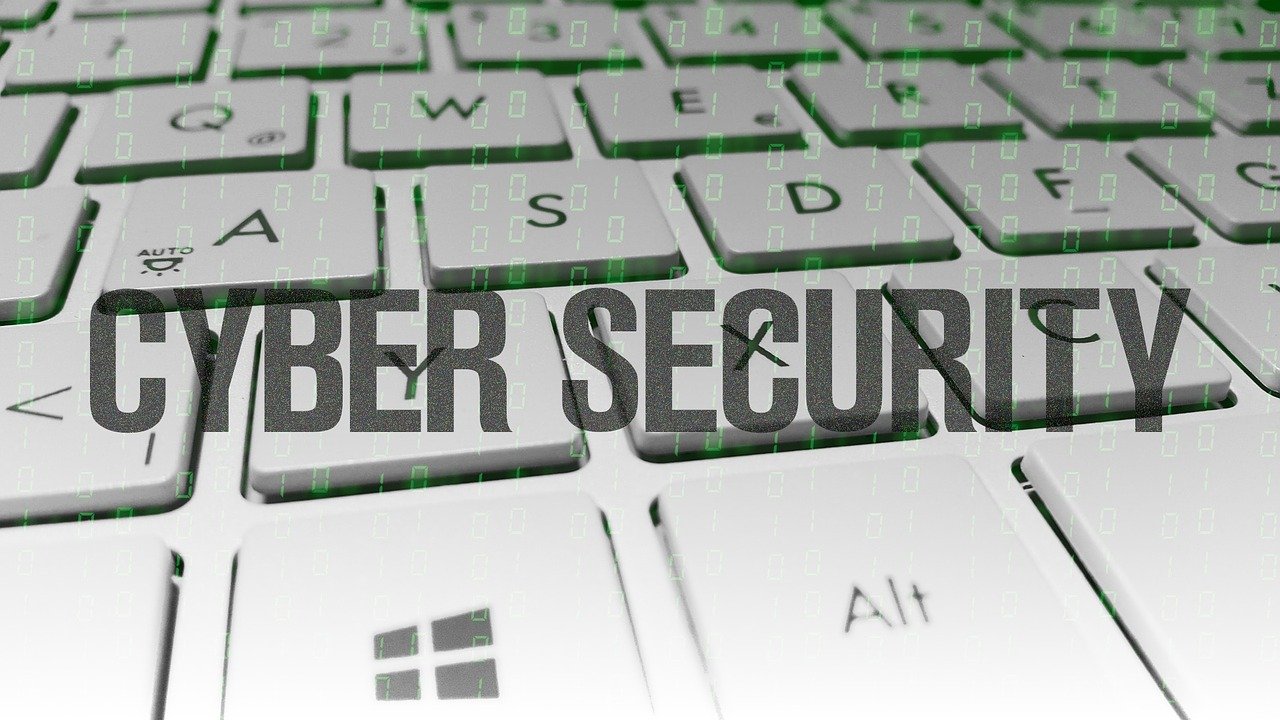Cyber risk is a significant concern for businesses today, and it’s crucial to quantify it accurately. By assigning numerical values to potential risks, organizations can estimate the potential damage in monetary terms using modeling and statistics. The process considers all assets in a business and assigns them a score based on their expected business impact.
The IBM Cost of Data Breach report highlights the increasing amount companies spend each year to mitigate the damage caused by cyber breaches. Quantifying cyber risks helps organizations plan and counteract security problems proactively, whether it’s a hack, data breach, or natural disaster.
Quantifying cyber risks can benefit organizations in several ways. Firstly, it helps communicate the potential impact of specific problems to stakeholders such as CFOs, who may not have a full understanding of the risks. By presenting the impact of specific problems in monetary terms, it becomes easier to request much-needed improvements.
Quantification also allows organizations to benchmark against themselves, monitoring any shifts in risk levels that may indicate a problem. This makes it easier to spot expensive issues down the line.
Additionally, quantifying cyber risks helps organizations prioritize resources. Not all cybersecurity risks can be tackled simultaneously due to limited time, personnel, and funds. By rating risks quantitatively, organizations can focus their energy on the most pressing issues first.
Lastly, adding business context to cyber risk quantification ensures that stakeholders understand the impact of each risk on the organization. By explaining risks in terms of monetary, downtime, or other important factors, businesses can prioritize resources and implement strategies that address their specific needs.
Here are three effective ways to measure cybersecurity risk:
- Risk Scoring:
Risk scoring is a method of assigning numerical values to cybersecurity risks. It involves evaluating the likelihood of a specific threat occurring and the severity of its potential impact. By calculating these values, organizations can generate a risk score that provides an accurate representation of the level of risk they are facing. Risk scores can be used to prioritize the allocation of resources, identify the most significant threats, and develop strategies to mitigate risks.
- Vulnerability Scanning:
Vulnerability scanning involves the use of software tools to identify potential security vulnerabilities in an organization’s IT systems. Vulnerability scanning can provide valuable information about potential entry points for cyber attackers, weaknesses in security protocols, and software that may need patching. By conducting regular vulnerability scans, organizations can gain insight into their level of risk and take steps to mitigate any vulnerabilities discovered.
- Cost Analysis:
Another effective way to quantify cybersecurity risk is through cost analysis. By assessing the potential financial impact of a cyber attack, organizations can determine the level of risk they are facing. This analysis can include evaluating the potential costs of lost productivity, damage to reputation, loss of sensitive data, and legal liabilities. Once organizations have a clear understanding of the financial impact of a cyber attack, they can allocate resources more effectively and implement cost-effective strategies to mitigate risks.
In conclusion, quantifying cybersecurity risk is essential for organizations to make informed decisions about cybersecurity strategies and resource allocation. Risk scoring, vulnerability scanning, and cost analysis are three effective methods for measuring cybersecurity risk. By leveraging these techniques, organizations can gain valuable insights into their level of risk and take the necessary steps to protect themselves from cyber threats.



